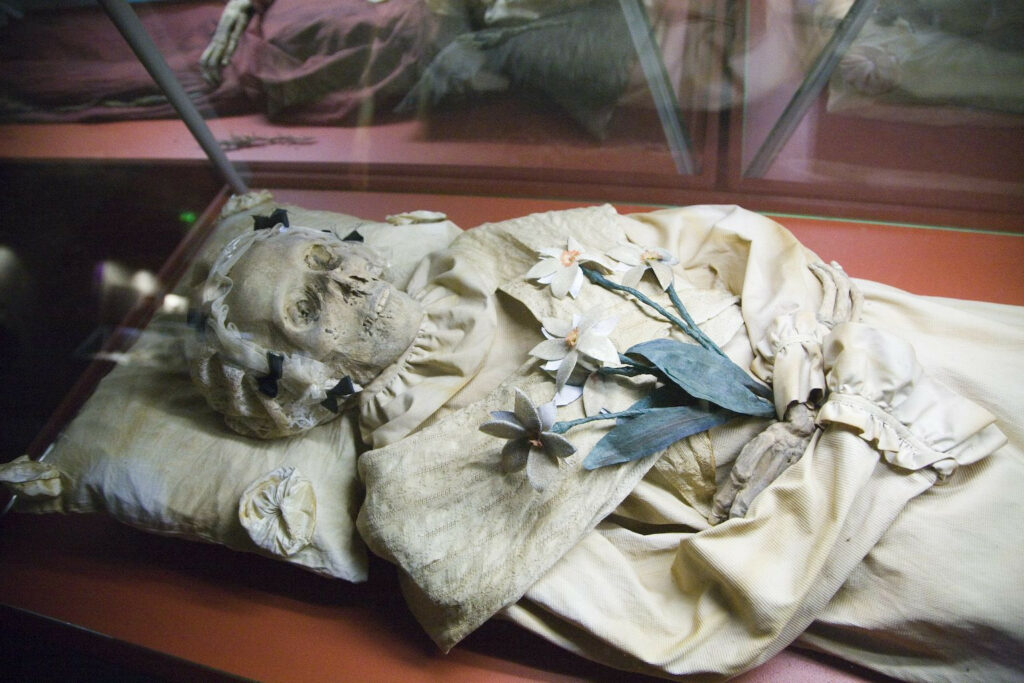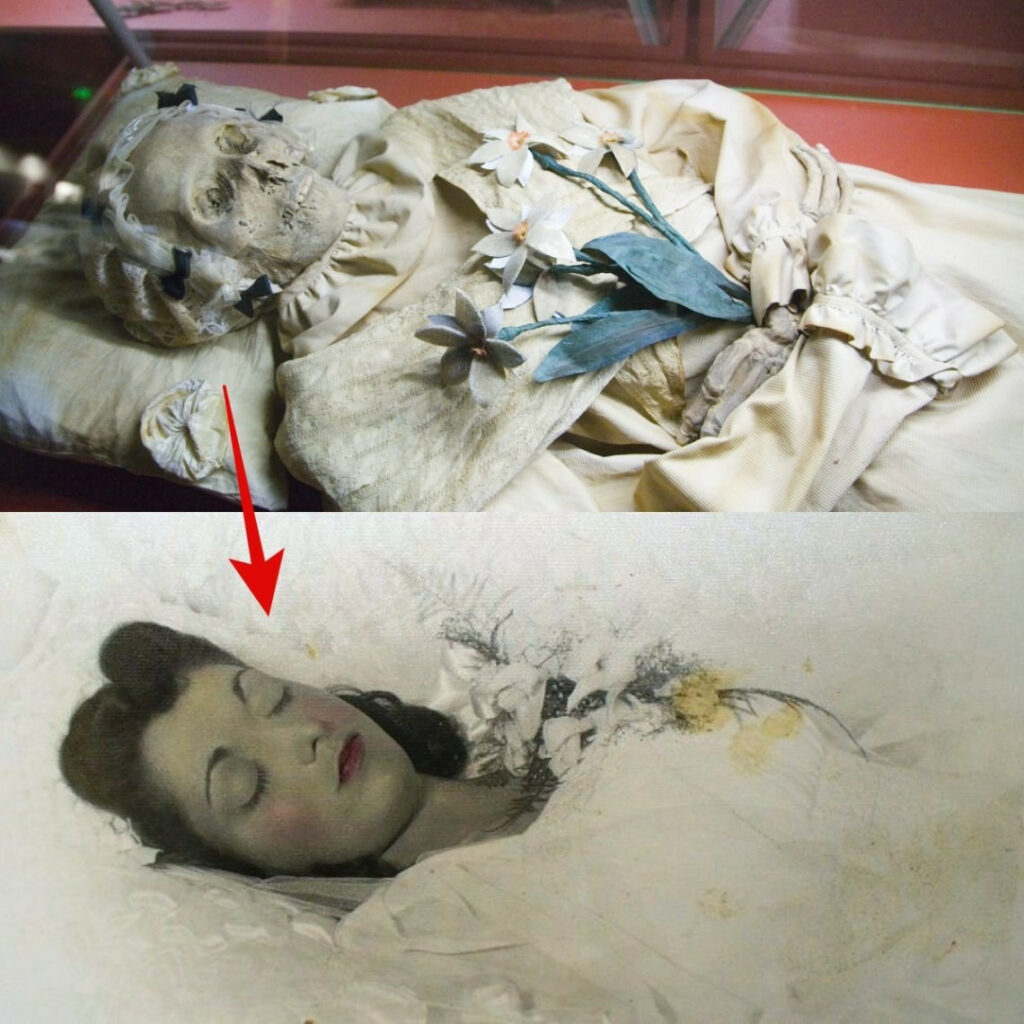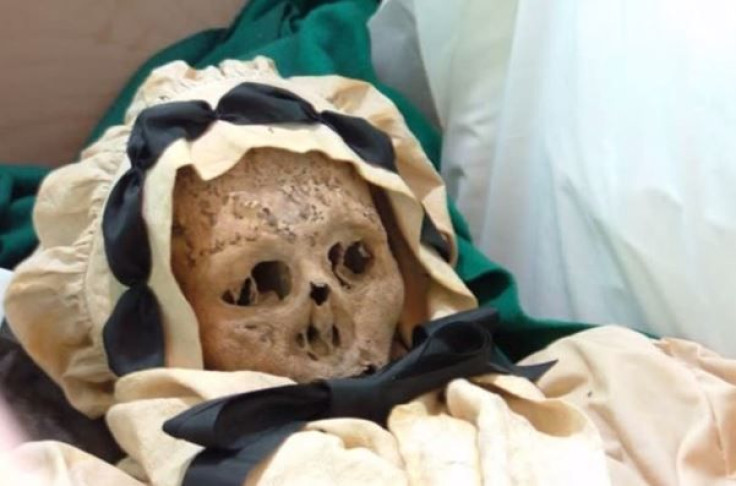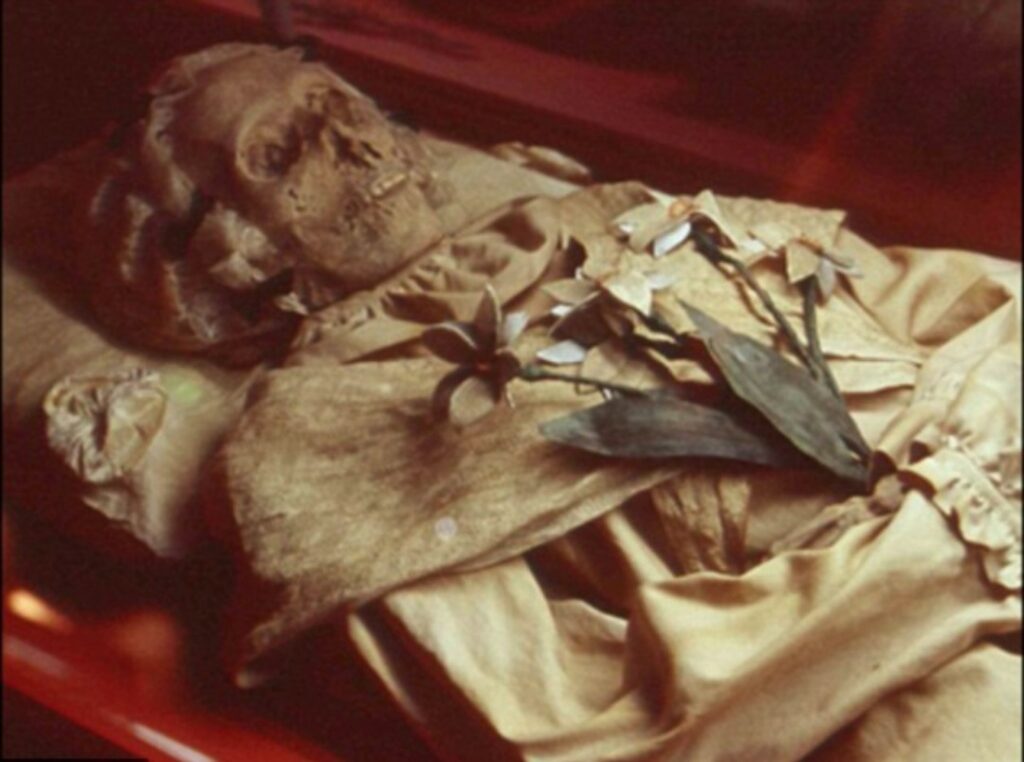The Surprising Discovery in Vác

In 1994, researchers made an astonishing discovery in an old Dominican church in Vác, Hungary. Inside mysterious boxes, they found the well-preserved remains of 265 individuals – not just bones, but mummies. These 18th-century remains would prove to be a goldmine for scientific research, particularly in the study of tuberculosis.
The Hausmann Family Tragedy

Among the mummies was the Hausmann family: Terézia, her mother, and her younger sister Barbara. All three succumbed to tuberculosis, with Terézia outliving her family members by four years. Their story provides a poignant glimpse into the devastation wrought by this disease in the pre-antibiotic era.
A Window into Tuberculosis Evolution
Ancient Strains Revealed
DNA analysis of the mummies uncovered multiple strains of tuberculosis, some dating back to the Roman Empire. This finding allows scientists to track the evolution and spread of the disease over centuries.
Pre-Antibiotic Insights

The mummies’ bacteria, untouched by modern antibiotics, offer a unique opportunity to study tuberculosis in its “natural” state. This could potentially lead to new treatment approaches for the disease, which still claims thousands of lives daily.
The Accidental Preservation
A Royal Decree Ignored
Despite King Joseph II’s ban on crypt burials in the 1780s, Vác residents continued to inter important community members in the church. This defiance of royal authority inadvertently created a treasure trove for future researchers.
Nature’s Mummification Process

The church’s cool temperature, high humidity, and the use of pine resin and wood chips in coffins led to natural mummification. This preservation allowed for the study of intact internal organs, crucial for bacterial analysis.
The Future of Tuberculosis Research
The study of these mummies falls under the field of paleomicrobiology – the examination of ancient microbes. As tuberculosis continues to be a global health concern, insights gained from these 18th-century remains may prove invaluable in developing new treatments and understanding the disease’s persistence.

